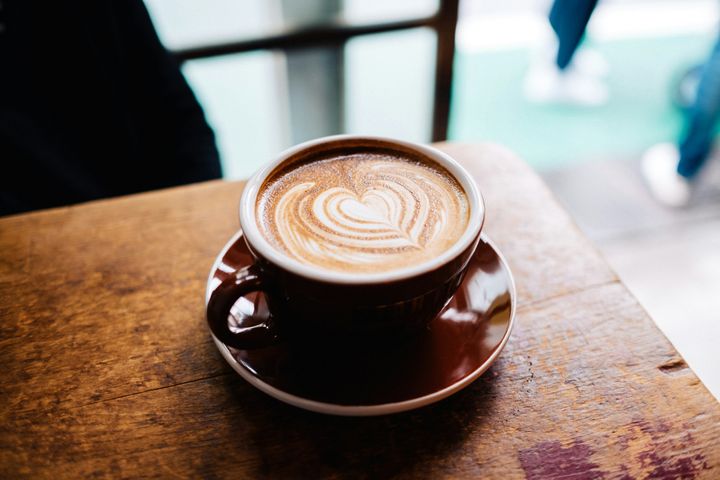
As I’ve gotten older, I’ve noticed that my peers are less interested in the cheapest wine that still tastes good, and more enthusiastic about fancy home-brewed coffee made on increasingly impressive coffee machines.
However, our collective dirty secret is that we aren’t actually sure that we’re making it correctly. Yes, we might be more mature now, but making coffee from bean to cup at home can often feel like we’re little children still playing house.
To remedy this, and make sure that we’re all a little more enlightened, HuffPost UK spoke with Russell Jenkins, the Managing Director of Thomsons Coffee, to find out what the most common mistake is when it comes to making coffee.
Jenkins says: “One of the most common mistakes people make when brewing coffee at home is using the wrong grind size for their brewing method. A grind that’s too fine can lead to over-extraction, resulting in a bitter and unpleasant cup.”
I certainly can confess that I’ve made one (or 10) bitter and unpleasant cups of coffee.
He adds: “Conversely, a grind that’s too coarse can cause under-extraction, leaving the coffee weak and sour.
“Matching the grind size to your brewing method - whether it’s espresso, French press, or a pour-over ensures the flavours are balanced and the coffee tastes its best. Adjusting grind size is an easy fix that can dramatically improve your cup.”
The advice didn’t end there, though...
A coffee roaster’s top tips for home-brewed coffee
Allow time for resting
Jenkins says: “At our roastery, we pride ourselves on producing beans that are bursting with character.
“Letting them rest for four to 10 days allows gases to release, and flavours to develop properly. Brewing too soon can result in a flat or unbalanced cup, so a bit of patience will get you a much better brew.”
Patience is a virtue and the secret to a better coffee!
Freezing coffee beans is possible — with some caveats
Jenkins explains that for some of his loyal customers who don’t get to visit often opt to freeze beans for long-term storage, and he advises that this is safe to do.
However, he adds that there are a few caveats.
“Make sure the beans are stored in an airtight container, and only take out what you need for immediate use—allowing the beans to return to room temperature before grinding,” he explains.
“This keeps them fresh and avoids moisture build-up. You’ll still be getting a brew that’s much better than a stale bag left on the counter.”
Invest in a quality burr grinder
Jenkins recommends burr grinders — a mill used to grind hard, small food products between two revolving abrasive surfaces separated by a distance usually set by the user — over popular blade grinders.
He explains: “Blade grinders can leave you with uneven grounds and bitter brews. Whether you’re using a French press, pour-over, or espresso machine. It’s a one-time investment that makes all your coffee taste exponentially better.“
Make bold adjustments and track changes
If you’re a fan of experimenting a little with coffee recipes at home, Jenkins urges that you shouldn’t be afraid to make big changes in your ratios, grind size or brewing time.
He says: “Small tweaks can be hard to track, making it difficult to pinpoint where improvements come from. Start with larger variations, like adjusting brew time by 30 seconds or changing your grind size noticeably finer or coarser.
“Then, track the differences in taste and aroma meticulously. This approach helps you zero in on the perfect recipe much faster and gives you a clearer understanding of how each variable impacts the cup.“
Trust your palate, there’s no wrong answer
Finally, he assures: “Everyone’s palate is different, so if you like the taste of your brew, that’s all that matters.
“Flavour profiles and recipes are just starting points. Trust what you enjoy, and don’t worry about following the so-called “rules” too strictly. The best coffee is the one that tastes good to you.”